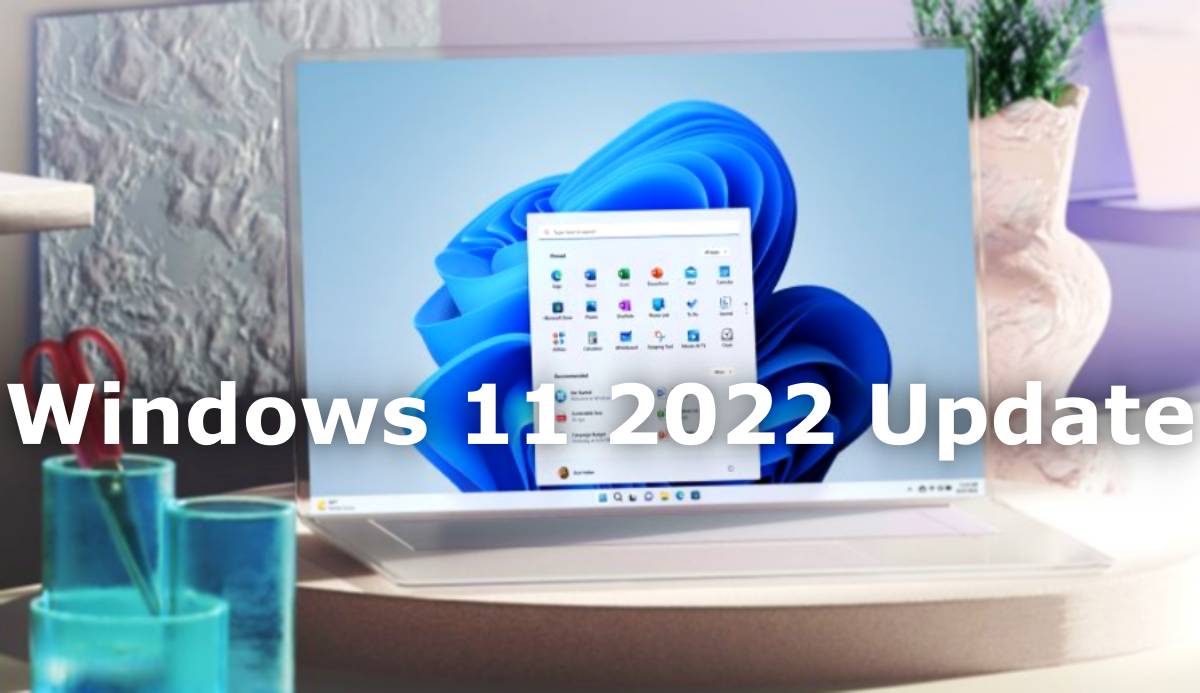Tax Talk: Did you get an income tax notice after filing ITR?
By Neeraj Agarwala.
When a taxpayer files an income tax return (ITR), the ITR is processed electronically and compared to data held by the income tax department. The income tax division then processes the ITR and notifies the taxpayer in accordance with Section 143(1). You have a responsibility as a taxpayer to closely monitor all communications that the CPC receives after your ITR has been filed and guarantee that processing under Section 143(1) is done correctly.
Section 143(1) says that notification is sent to the taxpayer's registered email address as a password-protected attachment to the email.
Check the income reported.
The taxpayer must confirm that the income recorded in the income tax return is identical to the income calculated in accordance with Section 143. (1). If the amounts match, the tax agency has accepted your tax return without any revisions, and the taxpayer won't need to take any more action.
But if there is a difference between the amount calculated under Section 143(1) and the income reported in the ITR, the taxpayer must find out why there is a difference, submit the necessary documents or clarifications online through the income tax portal, and ask for the ITR to be reprocessed.
Under Section 143, only modifications that are evident from the record may be made (1). Legal problems or contentious matters are not grounds for adjustment. The following are two of the most typical changes.
No deduction is given under Chapter VIA.
On numerous occasions, it has been observed that the CPC refuses a deduction under Chapter VI-A when processing under Section 143(1). There may be a number of causes, but the most frequent one is that Form 16 does not specifically state the details of the deduction under Chapter VIA.
In these situations, the taxpayer will need to request that the CPC reprocess the return and present documentation of their investments through the portal. If the CPC was happy with the documentation that was uploaded, the adjustment and deduction would be made.
Self-assessment tax or TDS credit is not given.
In some circumstances, the amount calculated in accordance with Section 143 does not take into account the taxpayer's credit for TDS or self-assessment tax paid (1). This can be the case because it is not recorded on Form 26AS or because Form 26AS has not been updated as of the date of payment. In this case, the taxpayer will have to show proof of tax payment or deduction, such as Form 16 and a copy of the challan.
The taxpayer has 30 days from the email's date to react to any revisions, according to the income tax agency. It is assumed that the proposed changes are acceptable and that the final Section 143(1) intimation is approved if there is no response. It is up to the taxpayer to be careful and respond in the right way through the right channels to avoid paying extra taxes or causing delays in getting refunds.




